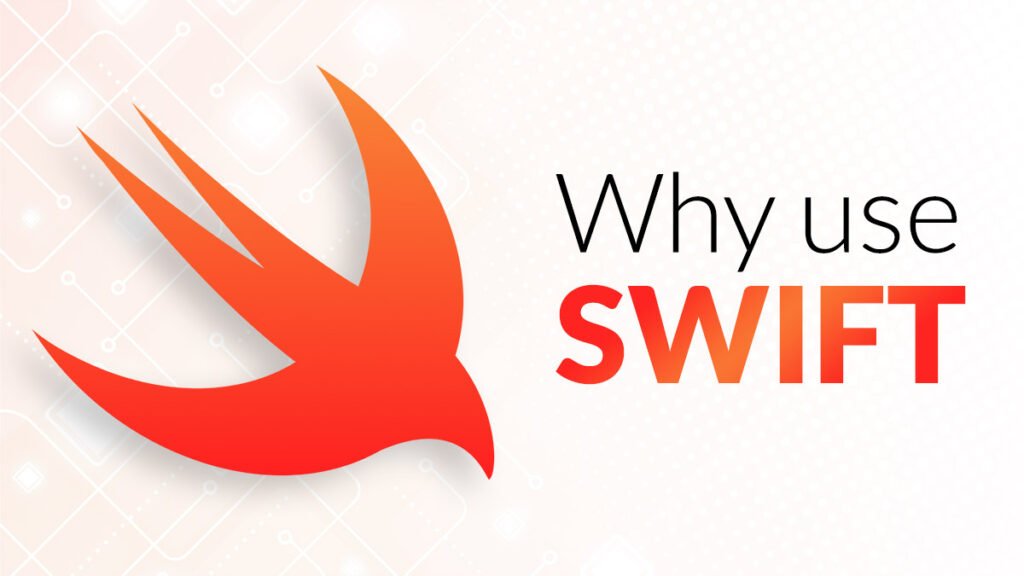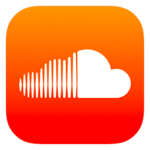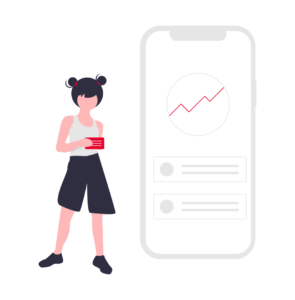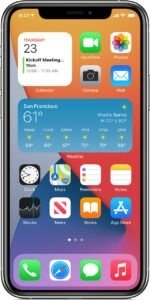Why is Swift Programming Better for App Development?

Why should I use Swift for app development?
Swift is a native mobile application development language for creating apps on the iOS platform for use on the Apple App Store.
It is a compiled programming language for iOS, macOS, WatchOS, TV OS, and Linux applications. Apple created it in 2014 and since then, Swift has become the new dominant language for iOS development and beyond. Below are some of the highlights of Swift app development:
It’s secure and safe to use. How it’s syntax is structured encourages developers to create clean and logical code. It also safeguards to prevent mistakes and improve readability.
Swift is open source. Meaning the technology is available for everyone. Within its first years of use, it was adopted by a supportive community and has had a large number of third-party tools explicitly made for developers to best leverage the language.
Swift is now a renowned name, and developers who specialize are in demand. With the push to move all new development projects away from Objective C to Swift, it is no surprise that it’s positioned as one of the most popular programming languages for mobile app development. Today, you will be hard-pressed to find a reputable software development company that does not use Swift for native iOS development.
Designed for the agile team and offers a quick development cycle. With performance in mind, it fits its name, Swift. Swift is many times faster than Objective-C and significantly quicker than non-native development technologies like python for mobile app development.
Wait, do I really want to develop an iOS app in New York City? Why not design and develop for Android? How can you know who your ideal user is going to be? Research. What about the Apple device’s users, how many are there, and what are their demographics?
Here is the typical user apple is targeting:
- Middle and upper class
- High degree of brand loyalty
- High-income potential
- 20-45-year-old individuals with budding new families
- Urban environments
All these lead to a potential mobile app user following the same patterns in the market. So, if you think that apple’s branding and segmentation is right, you will be targeting this group as well. With mobile games being a large portion of the app market, it comes as no surprise that mobile games are a popular category for new app entrepreneurs to start their app development journey. If you are looking to create a high performing mobile game, your development team should make the app with Swift to reach the premium iOS user’s market.
Thanks to Swift’s flexible code and development environment, you can get a significantly quicker development time. With fewer requirements and resources, more people can enjoy the app, and you can scale adequately to reach high performance. It is ideal for both businesses and individuals looking to create their mobile application, as it is open-source. The modular architecture creates a flexible development environment that has access to good syntax and compiling features.
The time to market is fast, so if you plan to monetize your app, this is essential to your planning. Swift is always evolving with dynamic libraries, memory management, and its interaction with Objective-C codes. It has a stable codebase and can work with complex specifications. Since the language is being enhanced and worked on around the clock, it is less susceptible to bugs, crashes, and online threats.
By facilitating feedback from tests, development teams can work quicker and don’t need to reassess something previously done. They can take a small amount of time to test a hypothesis in the playground and then implement the production environment changes. This process flow is much like a staging site and live site set up common with web development.
“My goal for Swift has always been, and still is, total world domination.”
Chris Lattner, Creator of Swift, at Apple WWDC 2017
Swift is on the line of perfection, being a blend of C and Objective-C. It offers modular code development, and its binary interface lets you work with programs written on older versions. With Swift, you are essentially getting extensive libraries and taking C and Objective-C’s best features with only having one development syntax.
One thing to note about Swift is the playground. Much like the name suggests, it is a space where developers can experiment with code and test out certain functions before integrating it into the source code. The playground lets developers try out strings and algorithms without needing to spend too much time working on a feature from scratch. They can do this through inline code execution while still checking for bugs and feedback from their team.
One caveat I would say is that Swift is still considered relatively “new” in the scene; it continues to undergo updates and improvements. Developers have to comply with new versions as often as possible means additional expenses. Finding a qualified development team with numerous examples of accomplished swift projects can be a challenge.
One of the top takeaways from the release of iOS 14 are the widgets, one of the most noticeable changes in the iOS Home Screen. The home screen facilitates a new type of interaction, a different entry point for apps. Coming from a pure technology focus, they are vital elements, as the SwiftUI is the only way to build widget’s views.
The Text Editor can be customized by adding custom fonts and colors and now supports multiple entry lines. There is now a ProgressView, either by indicating progress through a typical spin wheel or filling up a bar much like specific desktop software installations. The SwiftUI can now embed map views in the UI by importing MapKit and setting the location details, namely the XY coordinates or any other identifying location, to the UI. Vertical and horizontal grids can “lazy load” content into those views. There is an adaptive layout, A flexible configuration, and a fixed layout as well; all of these can be used to help plan out the design to fit your own app’s ideal target users.
Depending upon the type of information being displayed, it can become even more relevant and essential to layout this information for daily use. Along with these changes to the SwiftUI and iOS 14, there are numerous things that Swift developers can accomplish. Realistically, if you have a design or a specific way you would want your app to perform, ask your developer how you can make it happen.
If you are looking for examples of high-performing applications developed using Swift, the list is endless. But, speaking “name-brand” apps, here are some to look at.

2048 – A challenging math-based mobile game.
2048 is a mobile game designed to be a brain teaser of sorts. The goal is to get a single tile to be 2048. Get two of the same numbers next to each other and add them together using your arrow keys. Move your tiles in one direction or another. The key with this game is to have a quick wit, math skills, and fast reflexes.

GolfLogix – The premium golf mobile app.
No matter where you are on the course, Golflogix delivers insights to help you reduce strokes have a better round. Golflogix is the full package, with complex and beneficial features, data collection and analysis, and a vast userbase. It gives GPS distances, statistic tracking, a 3d model of your approach, and more.

SoundCloud – Music and audio streaming
One of the world’s biggest music and audio streaming platforms, offering the ability to follow and see music from a limitless number of artists. It’s primarily used to find undiscovered talent and to discover new types of music and trends within the industry. It’s a prime example of an app built to service millions of users daily.

invisaWear – Personal protection just a tap away.
invisaWear is an app built using Swift that connects with its accompanying smart jewelry in order to offer personal safety to individuals The jewelry functions as a 911 panic button that can be worn on the neck, wrist or elsewhere. It’s connected via Bluetooth and is the perfect solution for individuals that need to contact friends, family or the police when a situation doesn’t feel right.
What are the advantages and disadvantages of Swift?
Accessible by all and fast to learn.
Secure and quick.
Easy for seasoned developers to pick up on, as C and C++ can be used alongside it during integration.
It’s the standard and future of Apple app development.
Enterprise-ready.
It’s still a bit of a niche area, but native iOS development with Swift is becoming more mainstream.
There is a lack of support for earlier iOS versions, but those versions would most likely be running applications developed with Objective C.
It can be challenging to connect and work with third-party tools and IDEs.
At Zco, we can confidently say that if you are looking to launch an app and expect it to be available for iPhones, iPads, and other iOS devices, you will want to develop it with Swift. For the reasons above, the language has grown far beyond Objective-C and is the primary option when considering native app development for iOS. If you run into any issues with your app development project and need a hand with issues or getting your app’s code written fast and efficiently, please reach out to our team here at Zco. We have been crafting custom software solutions for over 30 years and utilizing Swift since release. Visit our portfolio to see some examples of projects we have done or contact us directly to get started today!



